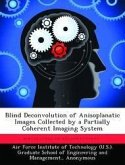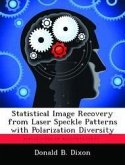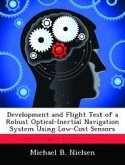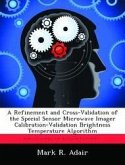The Air Force Research Laboratory (AFRL) Sensors Directorate has constructed and tested a coherent LIght Detection And Ranging (LIDAR) imaging system called Laservision. Registration of individual images remains a significant problem in the generation of useful images collected using coherent imaging systems. Coherent images typically contain significant speckle noise created by the coherency of the laser. Each image collected by the system must be properly registered to allow for averaging the images to produce a single image with adequate resolution to allow detection and identification algorithms to operate accurately or for system operators to perform target detection and identification within a scene. An investigation of the performance of a new image registration algorithm designed using laser speckle noise statistics is conducted on data collected from the Laservision system. This thesis documents the design and performance of the proposed technique compared to that of a standard cross-correlation algorithm. Based on using only speckle noise statistics, the simulated data test results indicate that there is a small range of low average signal-to-noise ratios (SNR) where there is the potential to improve the shift estimation error by 0.1 to 0.16 pixel.







